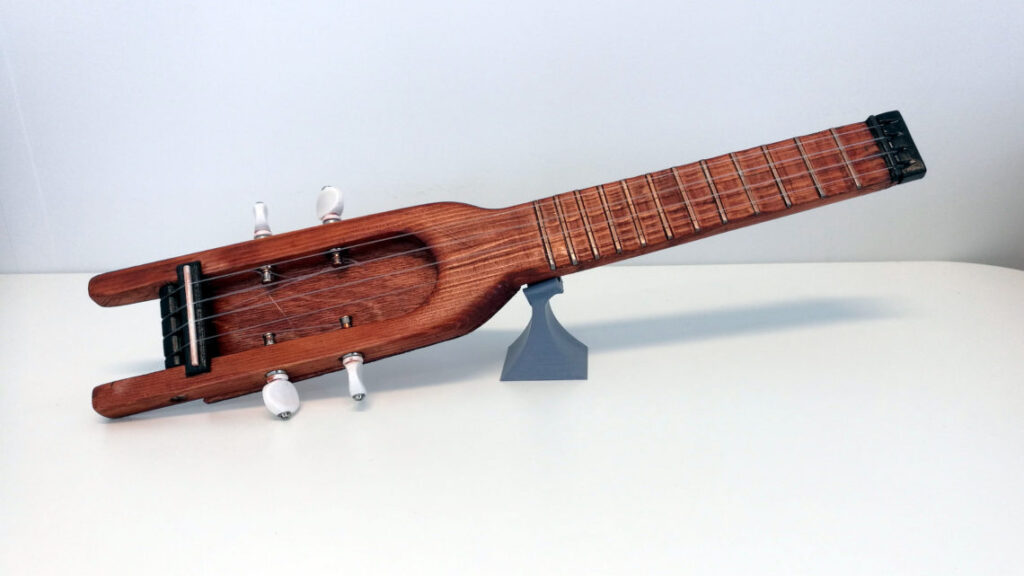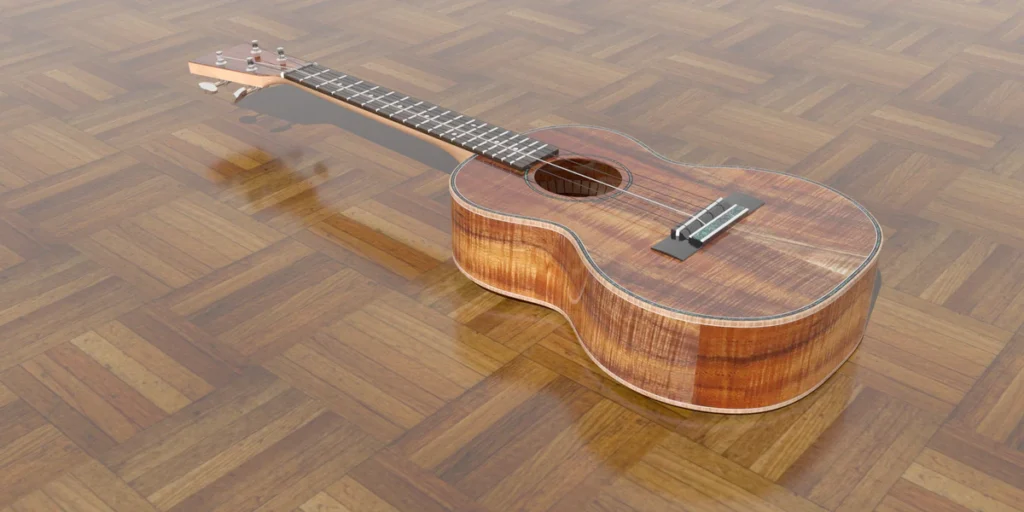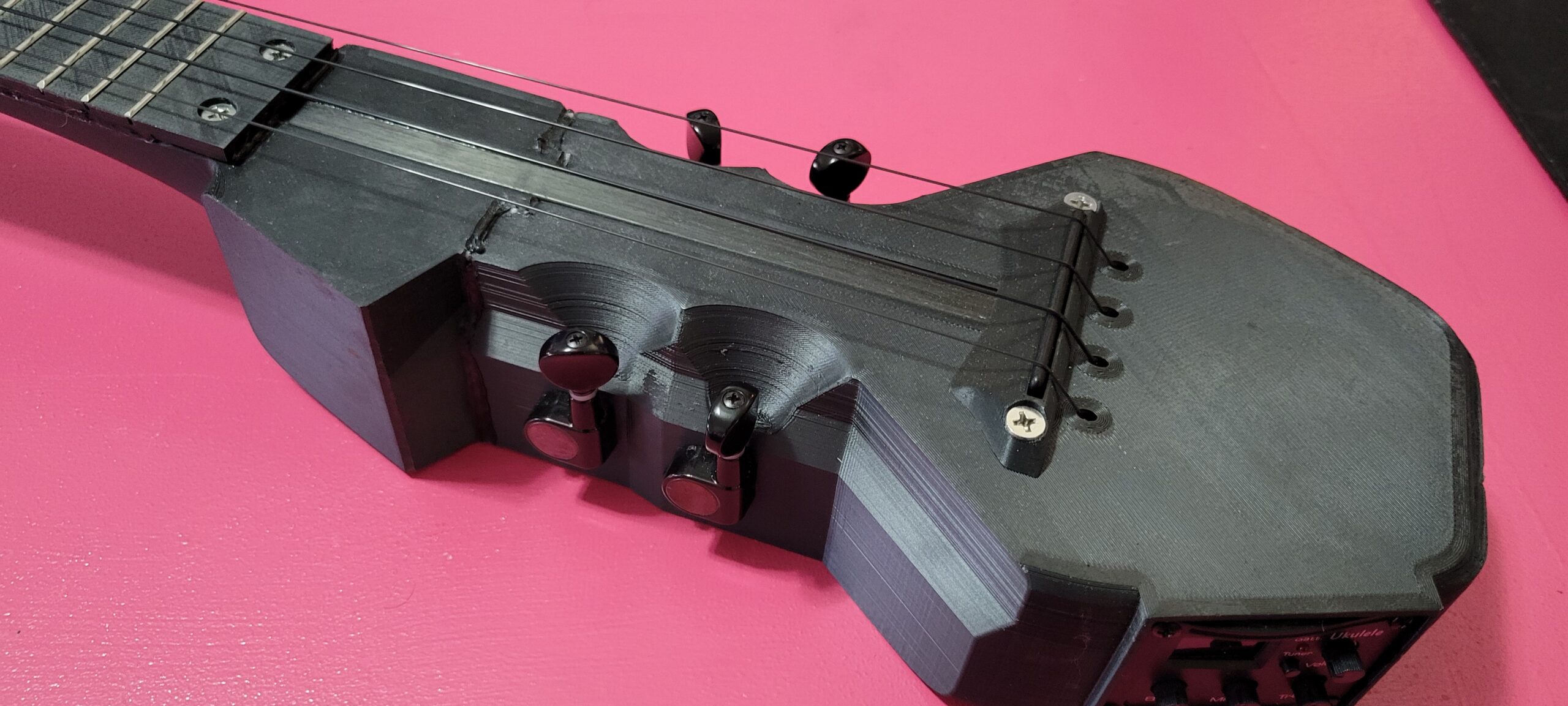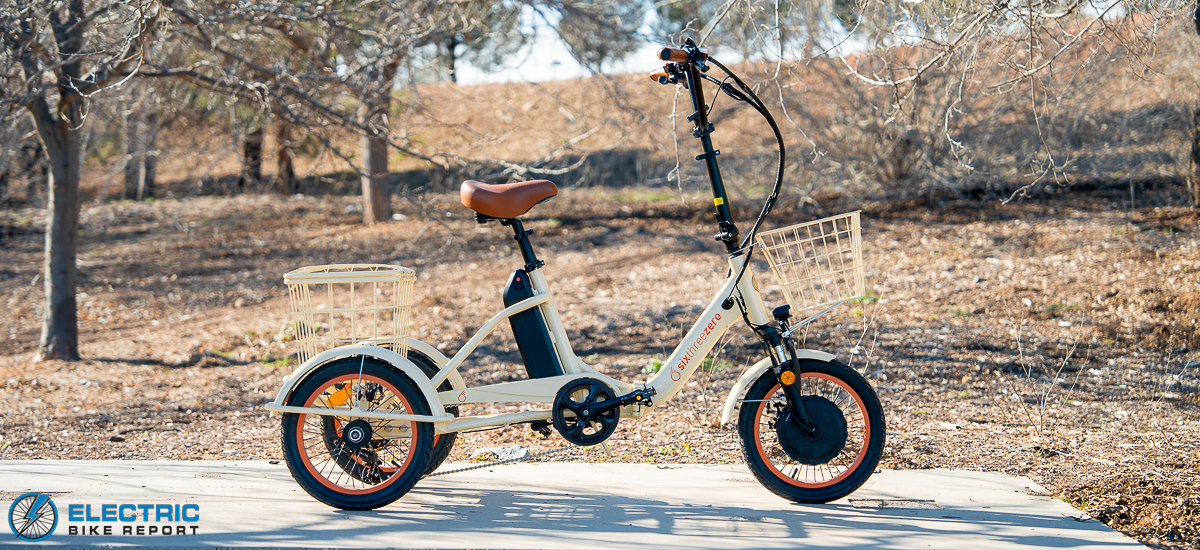Table of Contents
Introduction
In recent years, the music world has embraced innovation and creativity, leading to a surge in unique instruments like the electric ukulele. The Electric Ukulele Solid Body STL Files are becoming increasingly popular among musicians and DIY enthusiasts alike. These files offer a fantastic opportunity to design and create custom electric ukuleles that resonate with personal style and sound preferences. In this comprehensive guide, we will explore everything you need to know about Electric Ukulele Solid Body STL Files, including their features, benefits, and how to get started on your own electric ukulele project.
What Are STL Files?
Before diving into the specifics of the Electric Ukulele Solid Body STL Files, it’s essential to understand what STL files are. STL (Stereolithography) files are widely used in 3D printing and computer-aided design (CAD). They contain the information needed to create 3D objects, making them essential for hobbyists and professionals who want to design custom products.
Benefits of Using STL Files
- Customization: STL files allow for personalized designs, enabling you to modify the shape, size, and details of your electric ukulele.
- Precision: The use of CAD software to create STL files ensures accurate dimensions and contours, leading to a well-crafted instrument.
- Efficiency: 3D printing with STL files can significantly reduce the time and cost involved in creating a new electric ukulele compared to traditional methods.
Exploring the Electric Ukulele
What Is an Electric Ukulele?
The electric ukulele is an instrument that combines the traditional sound of a ukulele with the amplified capabilities of electric guitars. Unlike acoustic ukuleles, which rely on resonance to produce sound, electric ukuleles require pickups and amplifiers to project their sound. This combination makes electric ukuleles versatile instruments, suitable for various music genres, including rock, jazz, and pop.
Advantages of Electric Ukuleles
- Versatility: Electric ukuleles can easily be integrated into different musical styles and settings.
- Volume Control: With an electric ukulele, you can control the volume, making it perfect for both live performances and studio recordings.
- Effects Integration: You can use effects pedals and other gear to manipulate the sound, allowing for creative exploration.
The Importance of Solid Body Design
What Is a Solid Body Electric Ukulele?
A solid body electric ukulele differs from traditional acoustic and hollow body designs in that it is constructed from a single piece of wood or composite material. This design enhances durability, sound quality, and aesthetic appeal.
Benefits of Solid Body Design
- Durability: Solid body ukuleles are less susceptible to damage from temperature and humidity changes compared to hollow body instruments.
- Sustain: The solid body design allows for longer sustain, which can enhance the overall tonal quality of the instrument.
- Customizability: With the right Electric Ukulele Solid Body STL Files, you can create a unique solid body shape that suits your preferences.

How to Create Your Electric Ukulele Using STL Files
1. Designing Your Electric Ukulele
Using software like Fusion 360, TinkerCAD, or Blender, you can start creating your Electric Ukulele Solid Body STL Files. Consider the following aspects while designing:
- Body Shape: Choose a body shape that reflects your style—whether it’s a classic look or something more modern.
- Dimensions: Ensure you get the measurements right, taking into account the neck length, width, and overall body size.
- Pickup Placement: Determine where you want to place the pickups, as this will affect the sound and aesthetics of your ukulele.
2. Sourcing STL Files
There are numerous resources online where you can find pre-made Electric Ukulele Solid Body STL Files. Websites like Thingiverse, MyMiniFactory, and Cults3D offer a variety of designs that you can download, modify, or use as inspiration for your own creations.
3. Preparing for 3D Printing
Once you have your design ready, it’s time to prepare for 3D printing. Here are the steps you should follow:
- Select Your Material: Choose a suitable material for printing. Common options include PLA, ABS, and wood filament.
- Set Up Your 3D Printer: Make sure your printer is calibrated and ready to print.
- Slice the Model: Use slicing software to convert your STL files into a format your printer can understand.
4. Printing Your Ukulele
Start the printing process and monitor the progress. Depending on the size and complexity of your design, this can take several hours.
5. Post-Processing
After printing, you may need to sand the edges, paint, or finish the body to achieve the desired look. Pay attention to details, as these can significantly impact the final appearance of your electric ukulele.
6. Assembling Your Electric Ukulele
The assembly process involves several steps:
- Neck Attachment: Attach the neck to the body securely.
- Installing Pickups: Position the pickups according to your design and solder the necessary connections.
- Adding Hardware: Install the bridge, tuning pegs, and any additional hardware you want.
7. Tuning and Testing
Once assembled, tune your electric ukulele and test its sound quality. Make any necessary adjustments to improve the tone and playability.
Features to Look for in Electric Ukulele Solid Body STL Files
When searching for Electric Ukulele Solid Body STL Files, keep the following features in mind:
- Compatibility: Ensure the STL files are compatible with your 3D printer and design software.
- Design Complexity: Choose designs that match your skill level and experience with 3D printing.
- Aesthetics: Look for designs that resonate with your personal style, whether you prefer classic or modern looks.
Tips for Successful 3D Printing of Electric Ukulele
- Test Prints: Before committing to a full-size print, conduct test prints of smaller components to refine your settings.
- Layer Height: Adjust the layer height for a balance between detail and print speed.
- Support Structures: Depending on your design, you may need to add support structures to ensure successful printing.
Enhancing Your Electric Ukulele
1. Upgrading Electronics
Consider upgrading the pickups or adding a preamp to enhance the sound quality of your electric ukulele. Research different types of pickups to find one that suits your musical style.
2. Personalization
Make your electric ukulele truly unique by adding custom artwork, decals, or finishes. Personalization can make your instrument stand out and reflect your personality.
3. Learning and Experimenting
Take the time to learn how different components affect sound. Experiment with string types, tunings, and playing techniques to discover what works best for you.
Community and Resources
Engaging with communities focused on 3D printing and ukulele playing can provide valuable insights and support. Join online forums, social media groups, or local clubs to connect with fellow enthusiasts. Share your creations, seek advice, and learn from others’ experiences.
Recommended Online Resources
- Thingiverse: A vast library of user-generated STL files, including electric ukuleles.
- YouTube: Numerous tutorials on 3D printing and building electric ukuleles.
- Online Forums: Engage with communities like Reddit or specialized ukulele forums for tips and ideas.

Conclusion
The Electric Ukulele Solid Body STL Files open up exciting possibilities for musicians and makers alike. By harnessing the power of 3D printing, you can create a personalized electric ukulele that matches your unique style and sound preferences. This guide has provided you with the essential information and steps to embark on your journey of crafting your very own electric ukulele.
As you explore the world of 3D printing and electric ukuleles, remember that creativity knows no bounds. Don’t hesitate to experiment with designs, materials, and techniques to create a truly one-of-a-kind instrument that resonates with your musical spirit. The Electric Ukulele Solid Body STL Files are not just blueprints—they’re gateways to your musical expression and innovation.
So, gather your tools, download those STL files, and start crafting your dream electric ukulele today! Whether you are a seasoned musician or a curious beginner, the world of electric ukuleles awaits you, offering endless opportunities for creativity and self-expression.
FAQs
1. What are Electric Ukulele Solid Body STL Files?
Answer: Electric Ukulele Solid Body STL Files are 3D design files used for creating solid body electric ukuleles. These files can be printed using a 3D printer, allowing for customization of the instrument’s shape, size, and features.
2. How do I find Electric Ukulele Solid Body STL Files?
Answer: You can find STL files for electric ukuleles on websites like Thingiverse, MyMiniFactory, and Cults3D. These platforms host user-generated designs that you can download and use for your own projects.
3. What materials are best for 3D printing an electric ukulele?
Answer: Common materials for 3D printing electric ukuleles include PLA, ABS, and wood filament. Each material has its own properties, so choose one that fits your design requirements and desired sound quality.
4. Can I modify Electric Ukulele Solid Body STL Files?
Answer: Yes, you can modify STL files using CAD software such as Fusion 360, TinkerCAD, or Blender. This allows you to create a unique design tailored to your personal preferences.
5. What tools do I need to assemble my electric ukulele?
Answer: To assemble your electric ukulele, you’ll need basic tools such as a soldering iron for wiring pickups, a screwdriver for hardware installation, and sandpaper for post-processing the printed parts.





